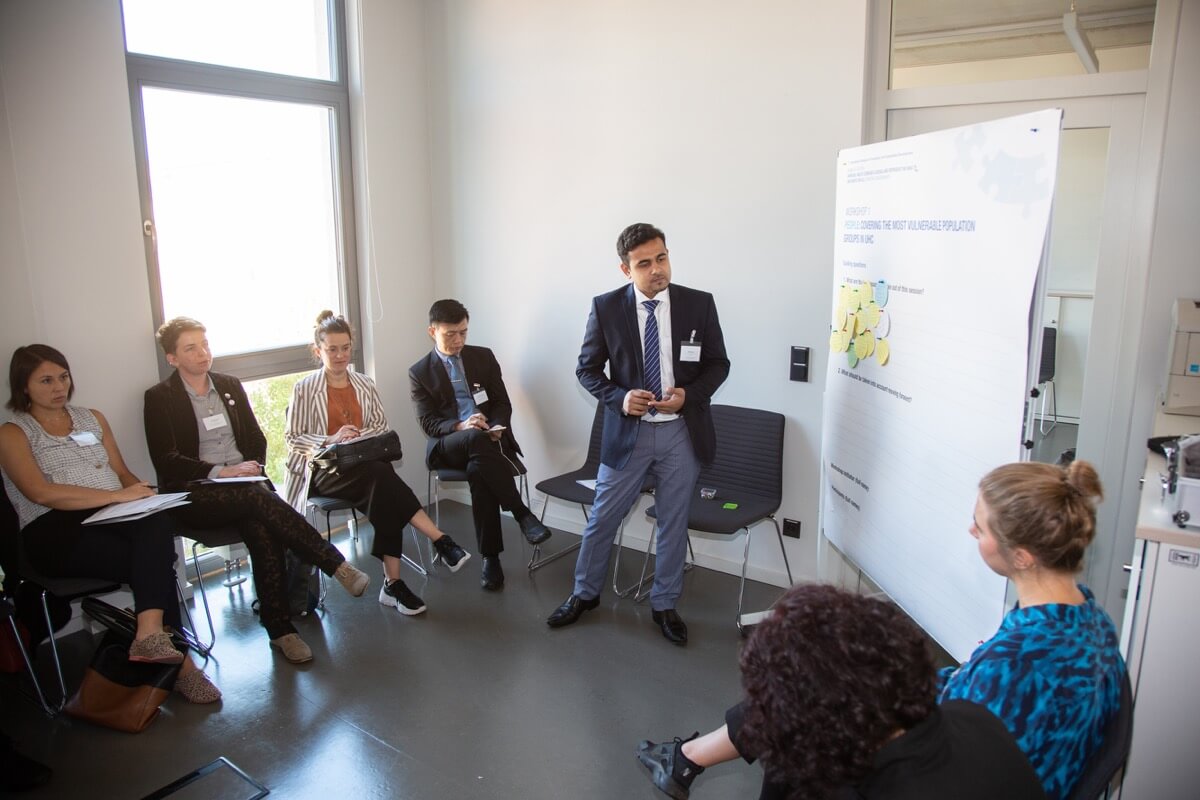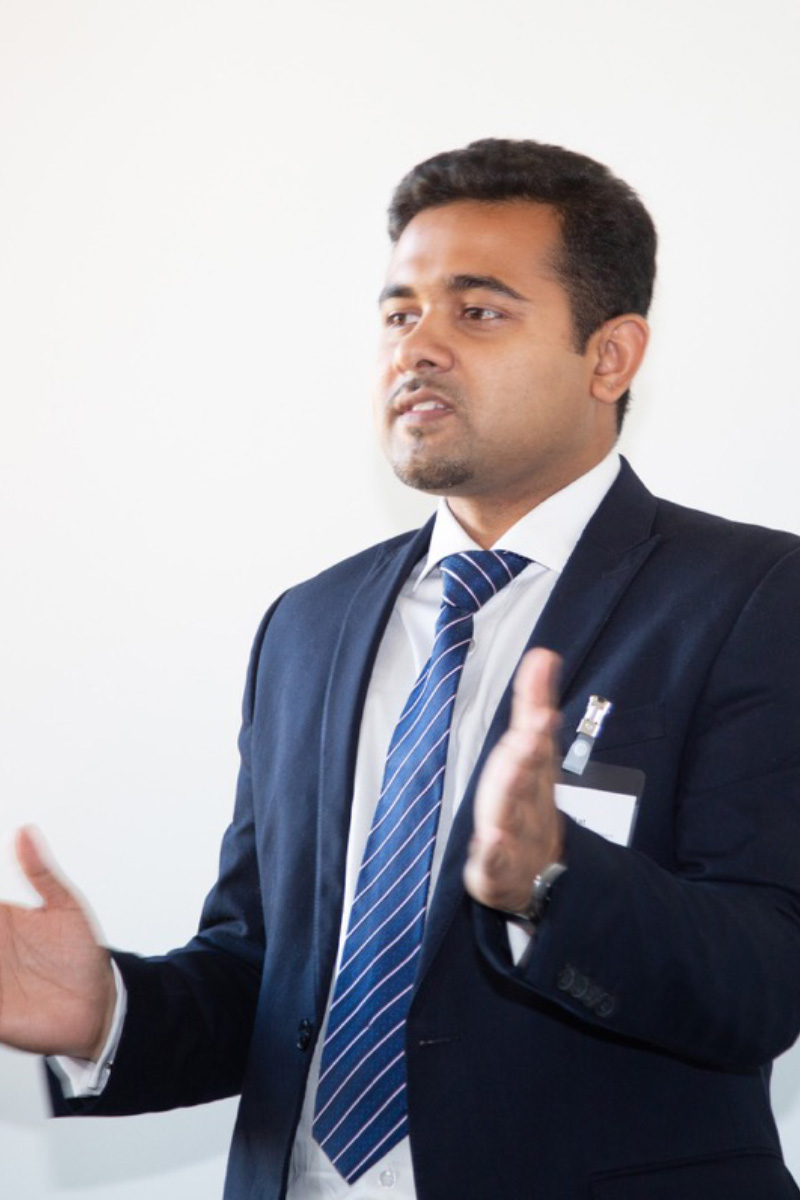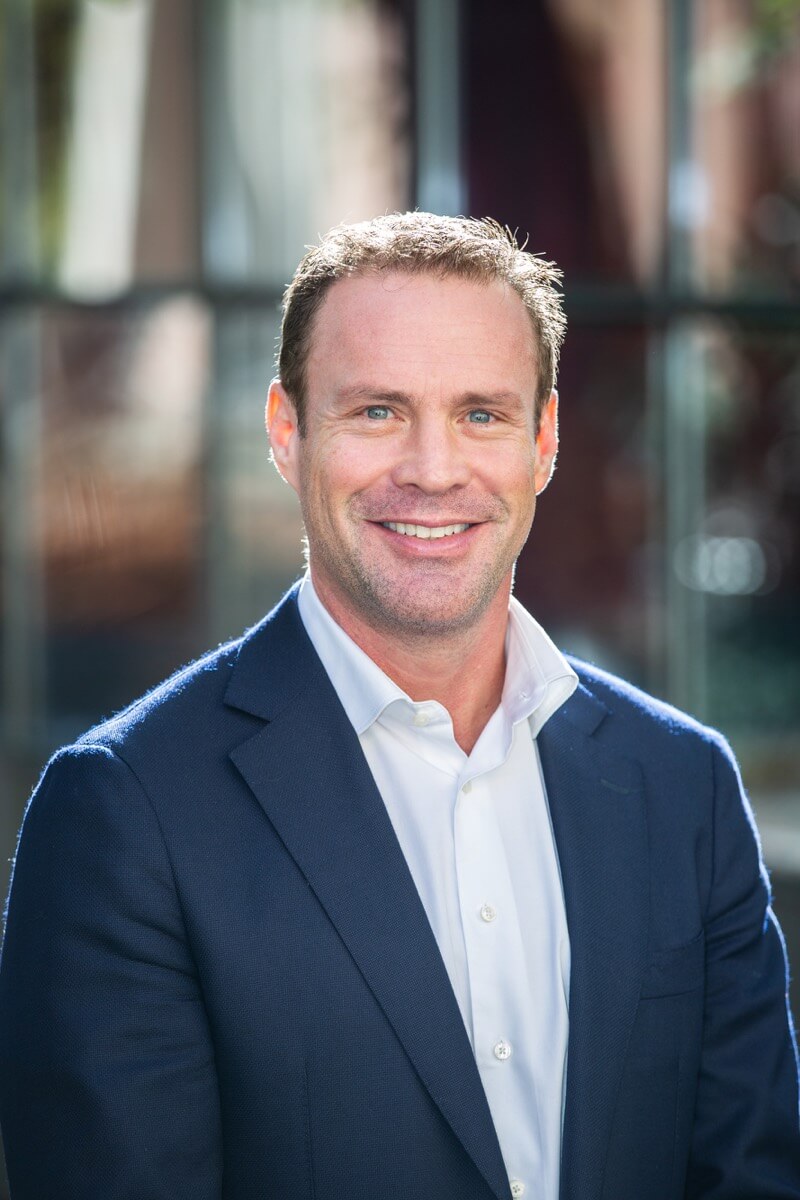People: Covering the most vulnerable population groups in UHC

Eight different thematic workshops took place at the 17th International Dialog aiming at informing participants about a broad range of topics regarding Universal Health Coverage (UHC) and Sexual and Reproductive Health and Rights (SRHR) in this context.
The following summaries shall give an exemplarily impression of the workshops People and Private Sector and Prices and highlight the discussions.
SM Shaikat, the Executive Director of SERAC in Bangladesh, led a workshop on how to provide UHC for the most vulnerable population groups such as refugees, migrants, youth, sex workers, men who have sex with men, LGBTI+, young women, people who use drugs and people with disabilities. The workshop looked at how UHC reforms can help to ensure equity and access to SRH services for all people and what must be taken into account to make this happen.
During the workshop, participants discussed main challenges in providing UHC for the most vulnerable population groups, such as:
Participants also looked at possible solutions, as for example:
Qu. Mr. Shaikat, what discussion did you hope to generate between the participants during this session?
Answer: We had two different rounds with guiding questions which prompted the audience to think about certain issues. One of the guiding questions was, who are the people who don’t have access to the UHC system? Also, what are the circumstances that change and influence health coverage and the policies and indicators that can help a country make progress? We also talked about best practices that may exist to support Universal Health Coverage for vulnerable communities.
Qu: Are vulnerable people listened to sufficiently to clarify what help and services they need?
Answer: It’s sad but true that vulnerable groups are not heard enough because they can’t access the spaces, like advocacy spaces. We don’t really ask them what they need. There are many suggestions like sustainable planning. But sustainable planning must of course include the target groups who we are designing this scheme for and this is sometimes missing. We rely mainly on quantitative data i.e. this percentage believes X, this percentage thinks Y. But what about beyond the numbers? We need qualitative, people-centered research. We need the stories. Because stories give you a different perception compared to the numbers and bar charts. This is what today’s discussion provoked a lot.
Qu: Is the response from health professionals and others in the healthcare sector enough in response to the sharp increase in refugees, displaced and other vulnerable people around the world?
Answer: Definitely the world is facing its most critical time for centuries. There’s climate change, there’s a lack of jobs, there are epidemics and of course increasing inequality. The GDPs are increasing but of course the inequality is getting larger, and there’s no good intervention to reduce inequality. We’re always looking at the GDP but in its shadow, there’s inequality which we don’t notice enough. And this then has an effect on GDP, because if we don’t invest in health, it’s a risk for every other investment.
There are also vulnerable communities who have been around for a long time like the LGBTQ community or unmarried young people. All the religions get together to criminalize unmarried young people if they even try to learn about SRHR. We’re not responding to these issues enough. But there are good examples of where we are reaching out. In Tunisia, they’re trying to provide migrants with HIV services. In Bangladesh, there was the recent response to the 1.3 million Rohinga refugees. It was a huge influx but the country responded very comprehensively. But people don’t only move because of war and conflict. They may move because of climate change or because they want a better income. You can’t stop people based on their passports and visas. It will affect people everywhere and you need to get prepared. System need to be prepared to respond to their needs and those needs are not just food and shelter. Proper health coverage is a must, it’s a human right, and you must consider it like that.

Brian McKenna, Deputy Director of the Reproductive Health Supplies Coalition (RHSC), led a discussion on how the availability and affordability of reproductive health supplies can be influenced including the role of the private sector in this regard.
During the workshop, price-increasing factors were discussed, amongst others:
Participants also discussed the role the private sector can play to increase access, as for instance:
Participants also discussed different solutions for improving the access to contraceptives, including for example:
Qu: Brian, what needs to be at the center of guaranteeing affordable contraceptive products and services?
Answer: The woman. It’s multifaceted and there’s a spaghetti bowl of different ways products can get out to her. But she can make the solution a lot more targeted and succinct. If we put the woman at the center of what we’re thinking about, that person doesn’t just have needs in that specific area. She’s a mother with children, with all kinds of different issues in her life. If we’re thinking about just her family planning or reproductive health needs, we’re missing the larger picture and we’re not going to be serving her and her needs.
Qu: Is this discussion dominated by the fact that men are in positions of responsibility and decision making roles?
Answer: That is the case in a number of circumstances. Is it hindering access? It may be, although that’s hard to say on a global level. Could there be better gender equity in this field as opposed to others? Absolutely. If we had more women making decisions in some of these areas, it may very well be that we would have different solutions.
Qu: Why are products like cold beer and Coca Cola always available in remote villages and yet it remains so difficult to get vital products such as contraception to people?
Answer: It’s a business, they have done a tremendous job of brand recognition, of creating demand, people want it and seek it out. It’s certainly an issue for sexual and reproductive health products. They’re also masters of supply chain management. Getting a Coke out to a village in the middle of nowhere is extraordinary and it’s something that we as a community need to learn from. Coca Cola has some pretty great collaborations with organizations working in the health sector that help get some of these products and services out to the same places where you can find a Coca Cola. And that’s the joke, isn’t it? You can always find a Coke, but you can’t always find the products we’re talking about. If there’s any determination of an unhealthy supply chain, it’s a stock-out - which is when a woman asks for a particular contraceptive product and it isn’t available. That’s one of the problems we’re trying to solve and that’s a problem Coca Cola has done such a good job of solving, the product’s almost always there.
Answer: It’s a business, they have done a tremendous job of brand recognition, of creating demand, people want it and seek it out. It’s certainly an issue for sexual and reproductive health products. They’re also masters of supply chain management. Getting a Coke out to a village in the middle of nowhere is extraordinary and it’s something that we as a community need to learn from. Coca Cola has some pretty great collaborations with organizations working in the health sector that help get some of these products and services out to the same places where you can find a Coca Cola. And that’s the joke, isn’t it? You can always find a Coke, but you can’t always find the products we’re talking about. If there’s any determination of an unhealthy supply chain, it’s a stock-out - which is when a woman asks for a particular contraceptive product and it isn’t available. That’s one of the problems we’re trying to solve and that’s a problem Coca Cola has done such a good job of solving, the product’s almost always there.
